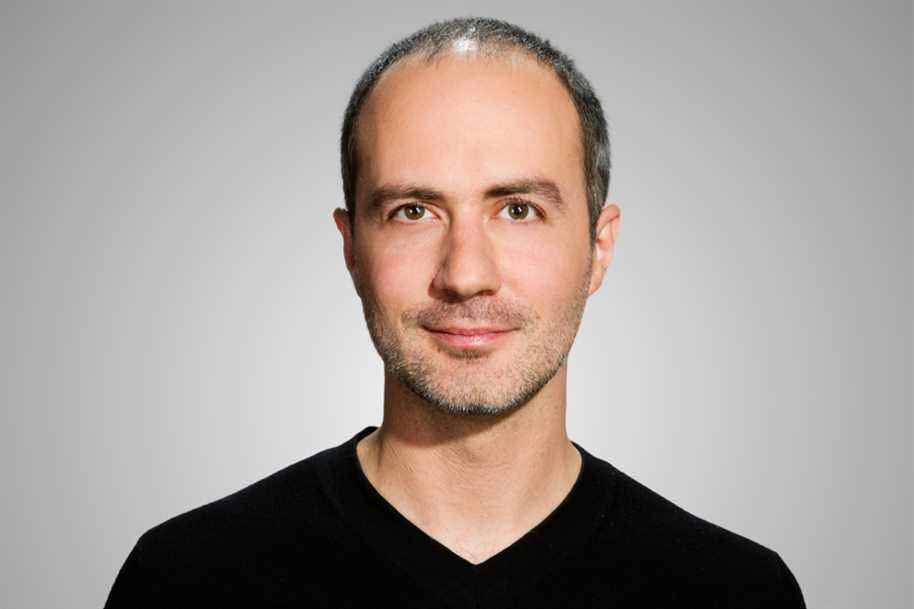What’s more frustrating to a viewer than the last minute of a basketball game?
Posted at 7:45 a.m.
Nothing.
It’s looooooooooong. The leading team attempts to stall time by passing the ball around. The opponent commits a fault to stop the clock.
Free throws.
Ball recovery.
Loss of ball.
Mistake.
Repeat the cycle every 10 seconds. Add downtime and some commercial breaks. The last minute can thus stretch over a quarter of an hour. It’s unbearable – even for an insider like me, who was a player, coach, scorer and referee, and who never misses an opportunity while traveling to buy tickets to attend an NBA game.
An American professor, Nick Elam, made the same observation. He and his friends couldn’t understand why the endgames were so repetitive, and so disappointing. He could have done like me and grumbled against his television. But no. He set out to find a solution. From an “alternative” ending. After some trial and error, he came up with a brilliant concept.
Which ?
Eliminate the dial. Not entirely. Just in the last minutes.
At the time, I had the same reaction as you. My Captain Crounche cereal went awry. What is this fad? How can you play 44 timed minutes, then continue the game without any notion of time? How do matches end?
It all seems highly esoteric. But believe me, the concept works. Very, very well as well. So much so that the NBA has tested it in its last three All-Star games, and the Canadian Elite Basketball League, in which the Montreal Alliance will soon play, has officially adopted it in its rulebook.
How it works ?
When there are less than four minutes left in the game, the clock is put away. Definitively. At the next stoppage of play, we target a score to reach. In the Canadian League, it is the number of points of the leading team plus nine.
Example: Montreal leads 100 to 92 against Ottawa. The winner will be the first club to reach 109 points. Simply. Also, each team is only allowed two time outs. No more tattooing. End the cycle of repeated faults. The quest for the stopped chrono is over.
Even better: with the Elam rule, all games end in a winning basket. In the final NBA All-Star Game, the winner was expected to reach 163 points. It was 161-160. The suspense was at its height when LeBron James made the winning basket, to the delight of the spectators. It was a lot more exciting than seeing a defender chasing an attacker to get a foul…
Basketball isn’t the only sport reevaluating its endgame scenarios. This approach is part of a larger approach.
The National Hockey League has adopted the shootout. Major League Baseball has changed its rules for extra innings, which now start with a runner on second base. As for the Roland-Garros tennis tournament, this year it will put an end to marathon matches, replacing them with a decisive game in the final rounds.
Are these solutions too radical?
No. You have to be up to date. The TV offer is much greater today than in 1956. Viewers are bombarded with offers. Their attention span decreases. The leagues must react – as they always have, by the way. And if you absolutely want sports to follow the original rules to the letter, basketball players still couldn’t dribble today…
Healthy Quebec baseball
“Rumors of my death are greatly exaggerated,” wrote Mark Twain. We could say the same thing about the too often announced death of baseball in Quebec.
Our parks are full of little baseball players. Between 35,000 and 37,000 young Quebecers will play baseball this summer. This is the highest total since the great seasons of the Expos in the 1990s. Baseball Quebec also notes a 14and increase in enrollment over the past 15 years.
The exception?
The first summer of COVID-19, in 2020. Except that since then, the delay has been caught up, and there are now more baseball players than before the pandemic, proudly underlines the general manager of Baseball Quebec, Maxime Lamarche.

PHOTO ROBERT SKINNER, LA PRESSE ARCHIVES
Young baseball players training in a Rosemont park last summer
How to explain this astounding success?
” Honestly ? I do not know ! “, he confides, laughing. “With the death of the Major League Baseball project in Montreal, I had lowered my expectations. But no, registrations continue to increase. I think we managed to create a culture in which people feel good. The children are eager to come to the park, but so are the parents. »
The demand is so high that several associations have refused players for lack of available land. More and more cities are contacting Baseball Québec to find out how to renovate their fields, or even build new ones.
“There are two major trends,” says Maxime Lamarche. In cities, there is an interest in pitches with a synthetic surface. And in several small villages, like Saint-Colomban, people want to revive baseball after 10, 15, 20 years without a team. »
Also in the good news, two Quebecers are enjoying success in the minor leagues. Charles Leblanc (Miami Marlins) is second in the International League (AAA) Batting Championship with a .381 batting average. Edouard Julien (Minnesota Twins), he has the best average of attendance on the goals of his team, in the AA. Inspirational performances for all our little baseball players who dream big, in a park near you.
